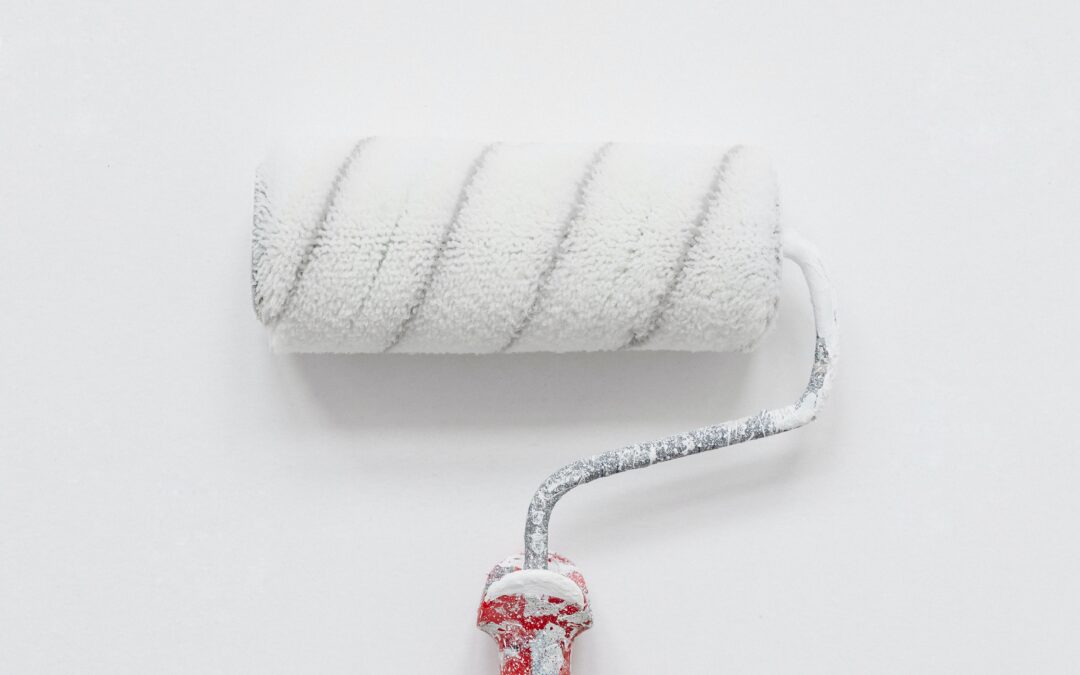Decoding the Color Wheel
Before diving into the world of residential painting, understanding the color wheel is crucial. It’s more than just an array of colors; the color wheel is a guide to creating pleasing color combinations. Complementary colors sit opposite each other on the wheel, offering high contrast, while analogous colors sit next to each other, providing a harmonious blend. Mastering the color wheel can help homeowners make informed decisions about their residential painting projects.
Choosing the Right Paint Type
In residential painting Perth, all paints are not created equal. Broadly, there are two types of paint – oil-based and water-based. Oil-based paints are durable and have a high-gloss finish, making them perfect for high-traffic areas like kitchens and hallways. Water-based paints, on the other hand, dry quickly, have a matte finish, and are easy to clean. Understanding the pros and cons of each will help you choose the right paint for your project.
Preparation is Key
A well-prepared surface can make all the difference in your painting project. Preparation involves cleaning the walls, filling cracks, and smoothing rough patches. This step ensures that the paint adheres well, resulting in a smooth, flawless finish. While it might be tempting to dive right into painting, investing time in preparation can save you from potential headaches down the line.
Mastering the Brush and Roller
The tools you use can significantly impact the outcome of your residential painting project. For large, flat areas, a roller is the tool of choice. It allows for quick, even coverage. Brushes, on the other hand, are perfect for detail work and edges. Knowing when and how to use these tools can greatly enhance the quality of your paint job.
Understanding Finishes
The finish of your paint can alter the overall look of your room. High-gloss finishes are shiny and reflect light, drawing attention to the wall. They’re perfect for areas that need to stand out. Matte finishes, on the other hand, are non-reflective and offer a sophisticated, muted look. Different finishes can be used to create depth and interest in your space.
Ensuring Proper Ventilation
Paints release fumes that can be harmful if inhaled in large quantities. Therefore, ensuring proper ventilation is crucial during residential painting. Opening windows and doors, using fans, and taking regular breaks can help keep the air clean and safe.
Residential painting might seem daunting at first, but with a strong understanding of the basics, homeowners can tackle this project with confidence. It’s a process that requires planning, patience, and a bit of creativity. But with the right approach, it can be an enjoyable experience that transforms your house into a home.

